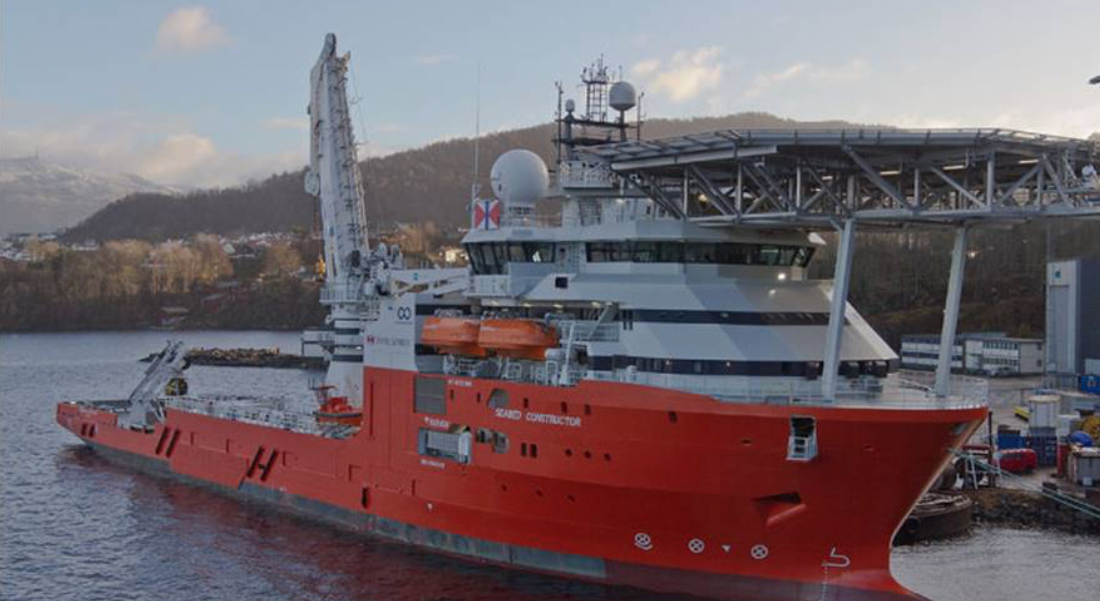Seabed Constructor – Multi-Purpose Offshore Vessel – Ship of the Week March 2, 2017 | West Pacific Marine
Malaysian Airlines flight MH370, a Boeing 777-200ER, took off from Kuala Lumpur on March 8th 2014 with 239 people on board heading for Beijing. Unnoticed until many hours later, the plane abruptly altered course over the South China Sea and broke off radio contact. It was last detected by radar near the northern tip of Sumatra, heading west-north-west into the open ocean. Subsequent connections to a communications satellite suggested that it crashed somewhere along an arc 1,500km west of Australia.
The search that followed was the largest in aviation history. It was mounted by Fugro, a Dutch firm, and paid for jointly by the Malaysian, Chinese and Australian governments. Over the course of three years Fugro scanned 120,000 square kilometres of seabed. but detected no trace of the aircraft. Under a new initiative, Malaysia has chartered Ocean Infinity’s Seabed Constructor to search for the wreckage on a “no find – no fee” basis during the traditionally moderate weather conditions from January to March in the southern ocean. Using eight autonomous submarines, the plan is the scan 1,200 square kilometres of seabed per day.
Owned and operated by Swire Seabed, Bergen, Norway
Chartered to Ocean Infinity, Houston, Texas
LOA 115.4m
Beam 22m
GRT 7,883 tons
DWT 6,480 MT
Registered in Bergen, Norway
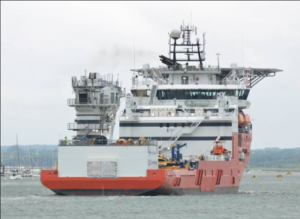
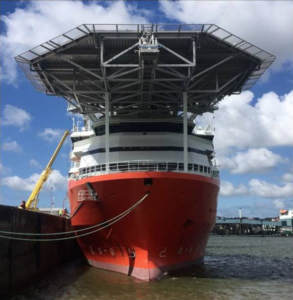
Operated by Swire Seabed based in Norway, Seabed Constructor is designed to perform a wide range of light construction and survey work across the oil, gas and renewables sectors. She is also readily convertible to a Dive Support Operations Vessel. The remotely operated submarines onboard are the latest models from Schilling and Triton and are rated for 2,000 metres to 6,000 metres water depths.
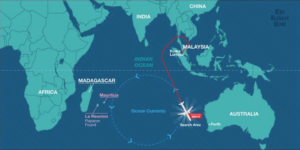
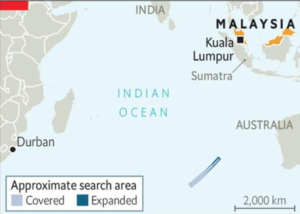
The new search area, 25,000 square kilometres of sea floor chosen by investigators from the Australian Transport Safety Bureau (ATSB), is just north of the old one (see map). The search area has also been guided by wreckage washed ashore on the coasts of Madagascar, Mozambique and Réunion—hence the more northerly starting point. Seabed Constructor arrived in the search area on January 21 and immediately began operations. A blackout on AIS signals at one stage has generated all manner of speculation but thus far, nothing has been located. The vessel is being supported by the Maersk Mariner.
Seabed Constructor has been described as the most advanced civilian survey vessel on the planet today. If its array of technology cannot find MH370, then it is likely that nothing will, and that the mystery of MH370 may never be solved. Thankfully, aircraft tracking technology advances make it unlikely that an aircraft will ever again be able to disappear in the first place.
Ship of the Week contributed by Capt. Stephen Brown, West Pacific Marine Ltd. www.westpacificmarine.ca

